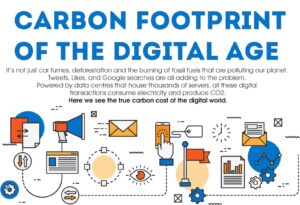Climate Change Affecting Extinction Rates
Although the effects of climate change were previously known, it was recently discovered that, at its current rate, it could soon be the leading cause of extinction. With climate change, certain temperatures reach different parts of the world at different times. Because of a change in phenology (seasonal life cycle events), animal growth and reproduction is deeply affected.
Statistics show that 54 percent of species could be lost due to climate change, and a temperature rise of a mere 0.9℃ put 2.8% of existing species at risk of extinction. This rate continues to not only increase but accelerate as temperatures rise and will be, “the number one driver of extinctions in the medium to long term,” according to Marco Lambertini, director-general of the WWF conservation group. Moreover, the U.N. Intergovernmental Panel on Climate Change (IPCC) states that one in six species will become extinct from greenhouse gas emissions if temperatures rise by 4.3 degrees Celsius (7.7 Fahrenheit) above pre-industrial times by 2100.
An example of the decline was observed in a study with brown bears in Europe. Because of global warming, winter temperatures are higher than normal, deeply affecting the hibernation and reproduction patterns of the brown bears. At the end of the study, it was concluded that the extinction rate of brown bears was directly affected by the increase in winter temperatures.
Another direct consequence of global warming is the melting of the polar ice caps. This is only one of the many forms of habitat loss experienced by plant and animal species. Polar bears, which inhabit the arctic area near the north pole, live on ice sheets that are rapidly melting, forcing many bears into the water. However, polar bears had previously adapted to a life mainly on the ice with their thick coats of fur, so as they are being forced into the water, swimming has become a necessary skill for survival. The previous adaptations they had gained are no longer useful, and with the ice melting at an increasing rate, there is not enough time for evolution. As a result, polar bears, as well as many other species, will become extinct in the future as a result of climate change.
If this continues, the plants and animals that reside peacefully on our planet could soon be gone. For their sake and ours, all efforts need to be put towards stopping climate change and the approaching deterioration of the world we live in.
Reference:
https://www.nature.com/articles/s41598-017-10772-6
https://www.thoughtco.com/global-climate-change-and-evolution-1224733
Featured Image:
https://www.swedishnomad.com/most-populated-cities-in-the-world/


